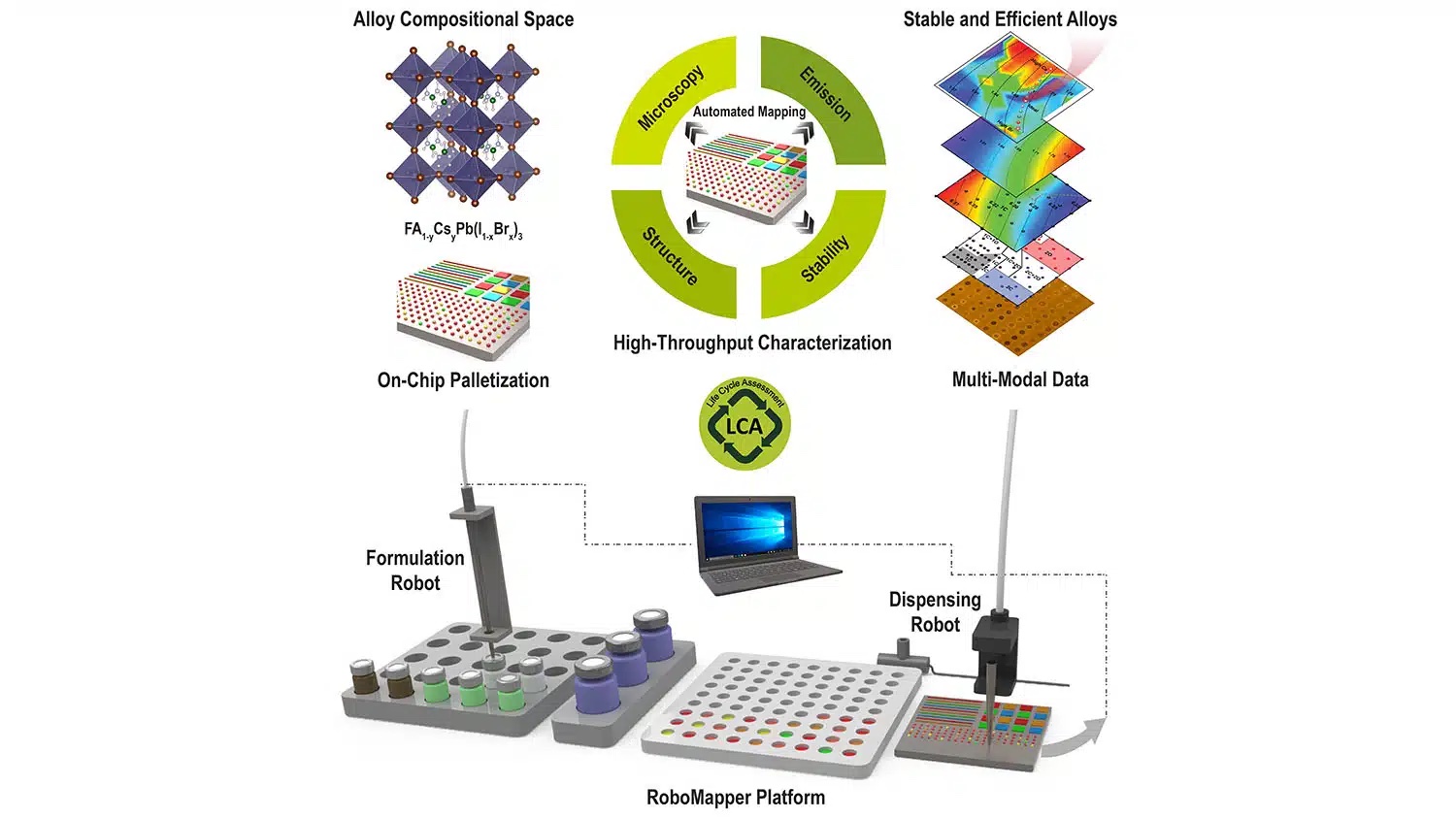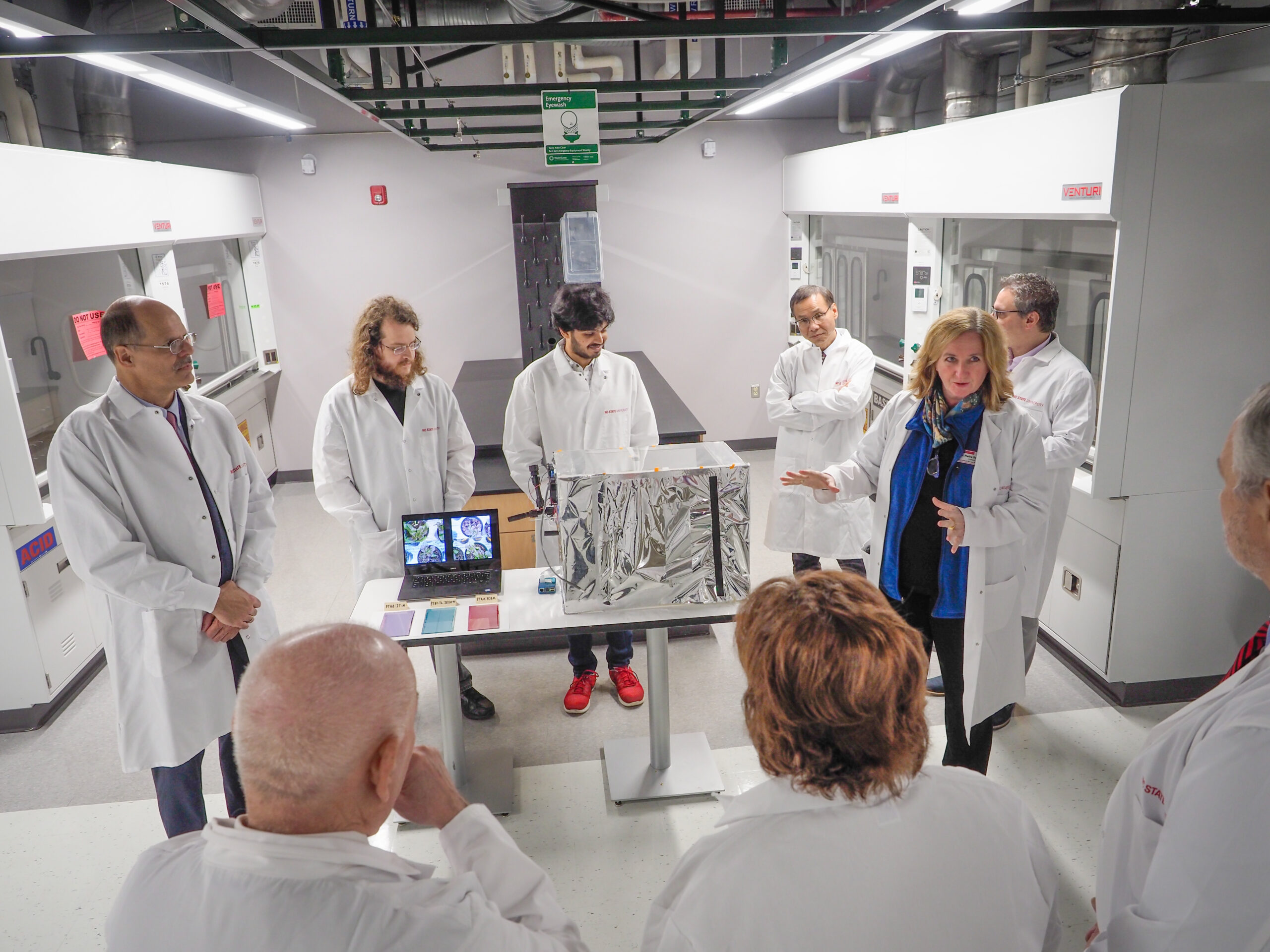Thermodynamic and Kinetic Factors Controlling the Stability of Non-fullerene Organic Solar Cells
 The performance of organic solar cells (OSCs) has greatly improved over the last few years because of the development of novel non-fullerene small molecular acceptors (NF-SMA). Such solar cells convert light to electricity at an efficiency now surpassing 15%, approaching a commercial milestone. Translating this laboratory research scales into a commercialized module demands high longevity of the solar cells. With the latter issue in mind, Ade research group, NCSU Physics, has recently addressed the core thermodynamic and kinetic factors that determine the overall lifetime of NF-SMA-based solar cells in their paper which was published in Joule. The authors studied the structure-property relation that explains the morphological stability and burn-in degradation due to excessive demixing or crystallization. The authors specifically pointed out that a specific balance of interactions between polymer and NF-SMA can offer a short-term solution against excessive demixing. Long-term morphological stability that also suppresses crystallization can only be achieved by freezing in the initial quenched morphology through the use of polymers and/or NF-SMAs with low flexibility. The research group of You from UNC-Chapel Hill has also contributed to this research.
The performance of organic solar cells (OSCs) has greatly improved over the last few years because of the development of novel non-fullerene small molecular acceptors (NF-SMA). Such solar cells convert light to electricity at an efficiency now surpassing 15%, approaching a commercial milestone. Translating this laboratory research scales into a commercialized module demands high longevity of the solar cells. With the latter issue in mind, Ade research group, NCSU Physics, has recently addressed the core thermodynamic and kinetic factors that determine the overall lifetime of NF-SMA-based solar cells in their paper which was published in Joule. The authors studied the structure-property relation that explains the morphological stability and burn-in degradation due to excessive demixing or crystallization. The authors specifically pointed out that a specific balance of interactions between polymer and NF-SMA can offer a short-term solution against excessive demixing. Long-term morphological stability that also suppresses crystallization can only be achieved by freezing in the initial quenched morphology through the use of polymers and/or NF-SMAs with low flexibility. The research group of You from UNC-Chapel Hill has also contributed to this research.
- Categories:


